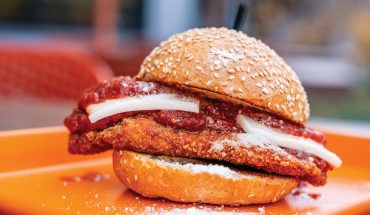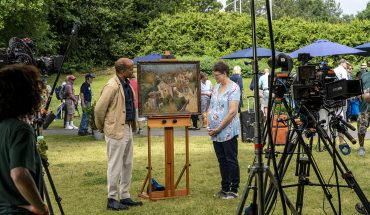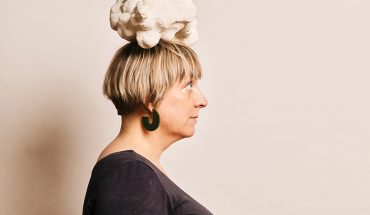Pottery collector and food write Jean Anderson shares the stories behind her new book.
by Shelbi Polk
Jean Anderson’s life has had quite a few glamorous moments—on the phone, she told me about taking nearly ninety trips to Portugal and inviting Jean Fontaine over for dinner in her Manhattan walkup (and the racket Winona Ryder and her friends occasionally made dancing to the Spice Girls in the apartment below). But her roots are decidedly more earthy: Anderson spent her childhood surrounded by North Carolina pottery.
Anderson is a lifelong pottery collector. As a child, Anderson’s family took regular trips to Jugtown, and she still has Ben Owens pottery she bought with her allowance money at just ten years old. Eventually, Anderson met legendary characters of the pottery scene like Juliana Busby and Benjamin Owens III, and now she guides friends from New York on tours of her favorite studios whenever she gets the chance.
Anderson is also a decorated journalist. She built a career out of traveling and writing about food, writing a dozen cookbooks and earning a James Beard Award along the way.
Anderson’s latest cookbook, Kiln to Kitchen, combines these passions, digging deep into the clay and cuisine of the Carolinas. This cookbook features local potters highlighting their work the way good pottery was meant to be appreciated—full of food.
All 24 of the potters Anderson features live in the Triangle, Seagrove or the Catawba mountains. Some have been there for generations, and some were drawn to the state by the thriving pottery culture. Anderson said she was surprised how many people were drawn here by the clay and the pottery community. She met potters from all over the world, and the recipes reflect that heritage.
Anderson carefully built files on each of the three regions she wanted to highlight before reaching out to the potters. She was most surprised at the strength of the pottery scene in the Triangle. She looked for a variety of styles and recipes, and the potters were largely “thrilled to be a part of it.”
“Artists, I’ve discovered, are invariably good cooks, creative cooks, not to mention world travelers eager to check out the work of fellow potters,” Anderson writes in her introduction.
The maps and glossary Anderson includes keep her book accessible to those of us who think pottery is beautiful, but don’t quite know the difference between earthenware and stoneware.
Anderson asked the potters for unpublished family recipes, and she tested all of them before publication. Her favorite suggestion for the next few months is the mockernut pumpkin pie, made with native hickory or “mockernut.”
“It’s a very beautiful pie and very different pie that serves a lot of people,” Anderson said. “If you bring that one to Thanksgiving, there won’t be another pie like it.”






